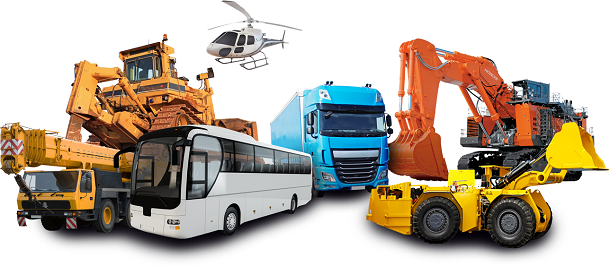
Cash flow issues can be a challenge, especially when you know you have financial commitments to pay out. Finding a solution to this challenge can be just as difficult but rest assured there are a number of solutions out there suited to specific business types that allow them to regain control of their cash flow and ensure that they don’t put themselves into a downward spiral financially.
As a business owner, the likelihood that you use at least one piece of equipment in your sector is high – equipment is expensive to buy outright, so this is where equipment finance comes into play.
What is equipment finance?
Equipment finance is a common tool used by businesses as a way of recovering from any cash flow issues they may have and also lead towards increasing their working capital. A form of asset finance, such a facility usually involves a lender being given a sum of finance in exchange for a piece of their equipment.
This equipment is a loan – small businesses that are struggling to get loans through traditional means can use equipment finance to acquire the funds they need and the lender can rest assured that they will recover their money as the equipment is held as security. If the business fails to pay its loan for whatever reason, the equipment will be taken away.
Naturally, with this type of finance option, the value of the loan cannot exceed the value of the piece of equipment used as collateral. The reasons behind this are obvious – if the receiver of the loan defaults on their repayments, the value of the equipment would not cover the outstanding money owed to the lender.
Equipment finance is a common source for start-ups, for whom buying brand new equipment may well be an incredibly difficult thing to do from the offset. Using equipment finance as a source for buying equipment itself is often a lot cheaper than paying up-front. Payments are able to be spread, making the process a lot more affordable.
It also ensures that businesses are able to direct their money towards other areas of the business- giving them the potential to grow as a business much more quickly than if they had bought their equipment with this money.
When you take out equipment finance for an equipment loan, the piece of equipment is yours and belongs to you. On the other hand, you could choose to take out an equipment lease. Equipment leases are more flexible than equipment loans in the sense that towards the end of the loan, the business can decide whether they want to keep the equipment or not. If so, an extension on the loan can be agreed or else the balance of the value of the piece of equipment can be paid so that the business owns the full-value of the piece of equipment.
What are the pros of equipment finance?
Finding the money to buy a whole range of new equipment can be a difficult and very costly experience, particularly if you’re a start-up that needs to supply an entire workforce with equipment.
Fortunately, cash for equipment is exactly what equipment finance is aimed at. This finance option allows you to specifically borrow money to buy new equipment, giving you the advantage of not having to wait for an essential piece of equipment that could boost your business.
Because the equipment covers the loans themselves, there is no need to put up additional collateral to secure the loan – unlike would be the case with business loans, where collateral that you already own, such as vehicles or else real estate, would need to be put up against the value of the loan.
Such loans are also able to improve your business’ sales. For example, having specialised equipment can make your production lines much more productive and having better equipment means that you can get work done much more efficiently. This will allow you to take on additional customers and boost your business from the bottom line upwards. Investing in your business can only benefit your business’s growth.
While the positives for equipment loans are multiple, there are some negatives. Equipment loans usually have a higher rate of interest than traditional loans, although they are favourable to some other types of short-term loan. Although traditional loans may end up being cheaper in the long run, they can take a lot longer to be approved and require more rigorous credit checks. If you need cash more urgently, then an equipment loan may be a much more viable option for you.







